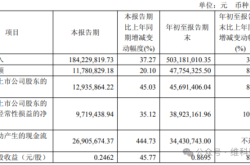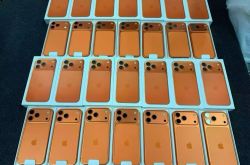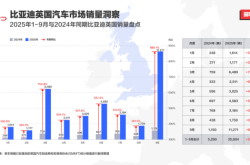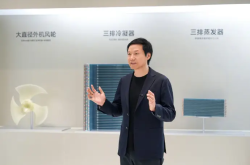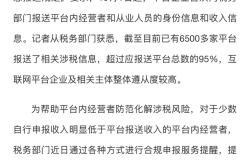Autonomous Driving Re-enters the Fray: Can Cruise Rewrite Its Fate Post-Breakup?
![]() 03/31 2025
03/31 2025
![]() 549
549
Introduction
Recently, General Motors (GM) and NVIDIA, two industry titans, have joined forces to create ripples in the autonomous driving sector. This partnership resembles a thrilling narrative filled with suspense. Let's delve into how these giants plan to collaborate, alongside Wurendachelai (Public Account: Wurendachelai). (For further reference, please click: "GM Cruise lays off 50%, focusing on personal autonomous vehicles rather than robotaxis")
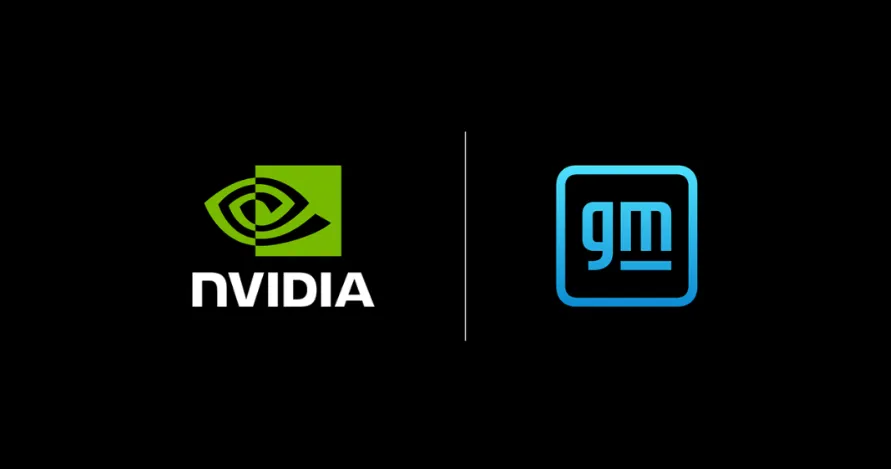
Image Source: Nvidia
I. Technological Union: From 'Iron Man's Jarvis' to 'Digital Factory Mysticism'
In March 2025, GM's strategic alliance with NVIDIA sent shockwaves through the industry. The former, a pioneer in the fuel vehicle era, joined forces with the latter, a leading player in the AI chip domain.
At the heart of this collaboration lies NVIDIA's 'computational prowess' aimed at reviving GM's faltering autonomous driving business.
1. Drive AGX Chip: Equipping Cars with 'Iron Man's Jarvis'
NVIDIA's Drive AGX platform boasts an astonishing 1000 trillion operations per second (equivalent to 100,000 iPhones running benchmarks simultaneously), specifically designed to address the challenges of 'limited vision' and 'slow reaction' in autonomous driving.
GM intends to leverage this technology to develop the next-generation ADAS system, directly competing with Tesla's FSD.
Jensen Huang emphasized, 'Every line of our code undergoes rigorous security assessment, making it more reliable than a human driver's license!'
2. Digital Twin Factory: 'Building Cars' in the Metaverse
GM utilizes NVIDIA's Omniverse platform for 'virtual car manufacturing', replicating production lines into digital twins.
Engineers test assembly processes in the metaverse, even simulating the tightness of screws – proving highly effective. A virtual test once revealed a welding robot's 'shake', saving $3 million in rework costs.
Netizens quipped, 'Suggest launching a 'Welder Crash Course' for AI robots, ensuring proficiency!'
3. AI Training Camp: Teaching Robots to 'Embroider'
GM's factory handling robots are acquiring new skills under NVIDIA AI's guidance:
Precision welding with an error margin of less than 0.1 millimeters, surpassing seasoned veterans;
Material handling that avoids intruding workers, akin to dancing to 'Subject Three';
Even learning to 'slack off' – automatically seeking charging stations when battery power is low, never working overtime.
II. GM's 'Dark History' in Autonomous Driving: From Super Cruise to Cruise Failures
GM's journey in autonomous driving can be described as a tale of setbacks:
1. Super Cruise: A 'Semi-Autonomous' Feature Generating $2 Billion Annually
Launched in 2017, Super Cruise generates $2 billion annually from subscription fees, thanks to its 'hands-free steering wheel' feature. Its secret lies in conservatism, only activating on highways and reminding drivers every 30 seconds, 'Don't fall asleep!'
Some owners grumbled, 'This isn't autonomous driving; it's an anti-sleep alarm clock.'
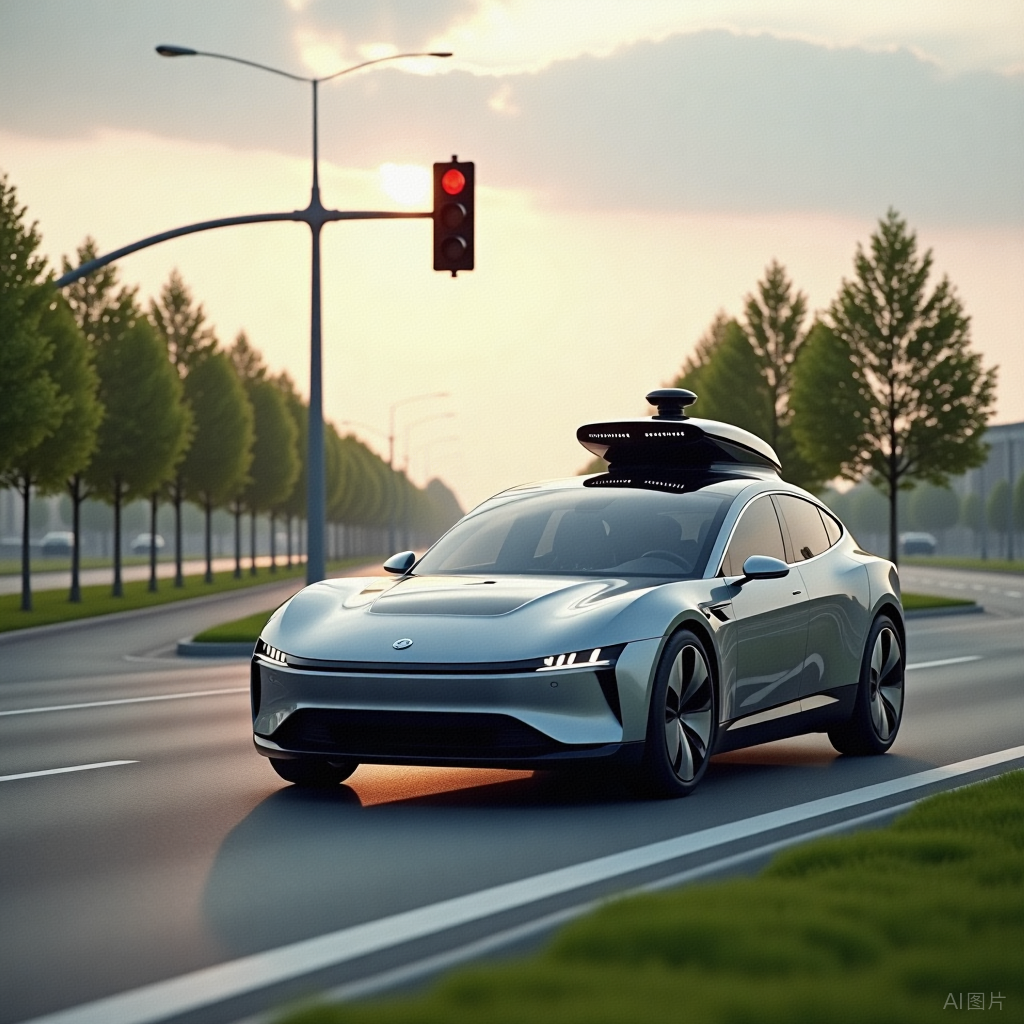
2. Cruise Scandal: Robotaxi Accident Sparks 'Trust Crisis'
In 2023, Cruise, a GM subsidiary, was involved in a robotaxi accident in San Francisco and concealed data, leading to regulatory suspension.
Worse still, Cruise's self-developed chip plan was abandoned. Originally aiming to replace NVIDIA's high-priced chips (increasing costs by several thousand dollars per vehicle), they found self-development more expensive than off-the-shelf products.
Netizens sarcastically commented, 'This is like trying to steal a chicken and losing a handful of rice.'
3. Mid-Life Transformation: From 'Taxi Driver' to 'Private Car Coach'
Having learned from its mistakes, GM discontinued its Robotaxi business and refocused on autonomous driving for personal vehicles.
GM CEO Mary Barra boldly declared, 'We want every GM vehicle to become an AI veteran driver!'
However, reality is harsh – currently, not even L3-level autonomous driving is in mass production, leaving Tesla unimpressed.
III. NVIDIA's 'Overt Strategy': The Ambition to Dominate the Automotive World with Chips
NVIDIA's automotive strategy resembles a 'rent collector' in the tech world:
1. Low-Key Money Making: Annual Revenue of $5 Billion as 'Pocket Money'
NVIDIA's automotive business generated $5 billion in revenue in 2024 (less than 4% of total revenue). However, Jensen Huang declared, 'This is an entry ticket to the trillion-dollar race!'
The secret? Drive AGX chips have penetrated automakers like Mercedes-Benz, Toyota, and Volvo, even being used by Sony in its car manufacturing.
2. Automaker Circle of Friends: From 'German Trio' to 'Chinese New Forces'
NVIDIA's customer list could assemble the 'Avengers' of the automotive world:
European Team: Mercedes-Benz, Volvo, Jaguar Land Rover;
Asian Team: Toyota, Hyundai, BYD (rumored);
New Force Team: Lucid, Zoox, Xiaomi Cars.
3. Safe Persona: The 'Moral Paragon' in the Coding World
NVIDIA launched the NVIDIA Halos security solution, claiming to be the 'first in the world to review code line by line.'
However, some netizens suggested, 'Launch an 'AI Traffic Rules Exam' simultaneously, barring those who fail from road access!'
IV. Cold Reflection: Can This Union Break the 'Autonomous Driving Curse'?
Beneath the glamorous collaboration lies an industry 'hidden landmine':
1. Chip Costs: The 'Gold-Swallowing Beast' of Autonomous Driving
Despite its power, the Drive AGX chip costs enough to buy 10 Switch consoles.
GM's self-developed chip failure due to high costs led it to NVIDIA, with netizens joking, 'This is a move from 'loan sharks' to 'regular banks'?'
2. Data Shortcomings: Less Driving, Slower Learning
Tesla has 7 million vehicles collecting data, while GM only has a million-scale fleet. New automotive forces have long surpassed established giants, with 'novices defeating veterans' becoming a common scenario.
Engineers bitterly laughed, 'Our AI excels in the virtual world but falters in real-world road tests.'
3. Ethical Paradox: Who Bears Responsibility When AI Hits Someone?
NVIDIA claims 'absolute safety in code,' but last year's Cruise accident proved that even the safest system can't withstand human 'reckless operations.'
Lawyers anticipate, 'In future lawsuits, automakers, chip manufacturers, and AI programmers will be sued simultaneously!'
V. Conclusion: Is the End of Autonomous Driving's 'Daddy Issues'?
The collaboration between GM and NVIDIA resembles a 'mid-life awakening' for traditional automakers – if you can't beat them, join them; if you can't compete, buy chips.
Perhaps the most ironic aspect of this high-stakes gamble is that:
While human drivers struggle with basic driving skills, AI has already obtained a virtual driver's license by 'relying on Daddy.'
As for the future?
As netizens suggest, 'If autonomous driving truly becomes a reality, the biggest winner may be driving schools – after all, AI also needs to take 'Subject Five' (code ethics).'
In this transformation, what may be most heartwarming is not the technical parameters but four words written in code by an established automaker:
'Don't want to fall behind.'
In summary, Wurendachelai (Public Account: Wurendachelai) believes that the collaboration between GM and NVIDIA brings new hope to the autonomous driving field. It's like lighting a lamp in the dark; although it's unclear how far this lamp can illuminate, it at least shows everyone the direction to move forward.

